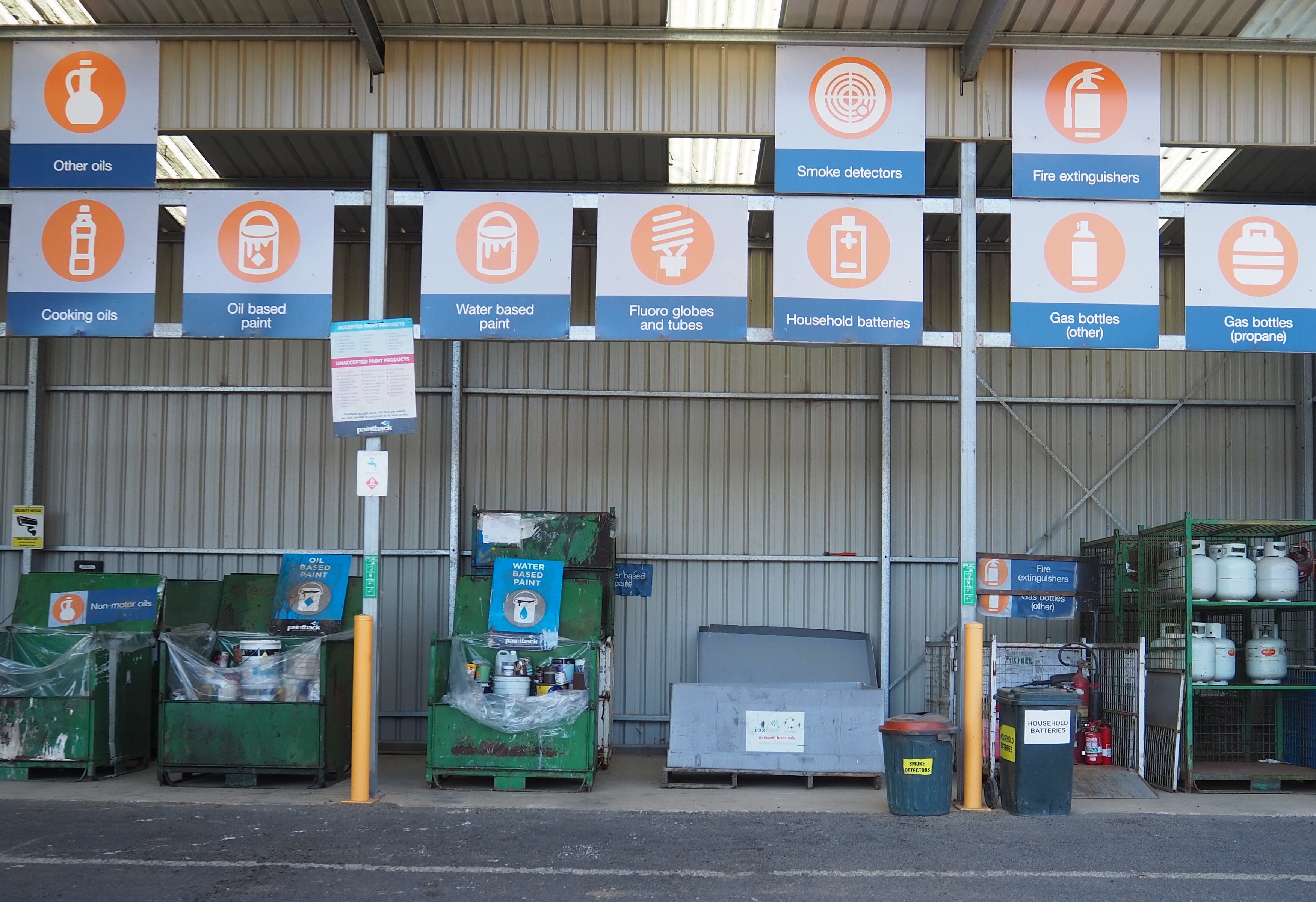The next piece of the Cairns Bruce Highway Upgrade Master Plan is taking shape, with the award of the planning contract for a $225 million upgrade of a key intersection south of Cairns.
The upgrade is part of the Australian and Queensland governments’ 15-year, $13 billion Bruce Highway Upgrade Program, and will support an estimated average of 200 direct jobs over the life of the project.
Deputy Prime Minister and Minister for Infrastructure, Transport and Regional Development Barnaby Joyce said the Bruce Highway, Stage 5 of the Cairns Southern Access Corridor, Foster Road intersection upgrade would improve traffic flow, safety and ease traffic congestion.
“The southern access to Cairns is subject to rapid growth and I’m pleased that planning for another critical upgrade on the Bruce Highway is getting underway,” the Deputy Prime Minister.
“The Australian Government is committed to bringing road users a more efficient and safe highway driving experience, to get them where they need to be safely and on time.
“We are getting this done by investing over $10 billion in a safer, smoother and more reliable Bruce Highway that will benefit Queenslanders and holidaymakers, from Brisbane to Cairns, on this key north-south route.
“This is another example of our record $110 billion infrastructure investment plan in action, helping to connect communities and improve safety, while creating jobs and supporting our economic recovery.”
Queensland Transport and Main Roads Minister Mark Bailey said preparing Cairns for population growth was an essential park of the Cairns Bruce Highway Upgrade Master Plan.
“We want every Queenslander to get home safer and sooner, which is why we continue to invest in important projects for the Far North region and along the Bruce Highway,” Mr Bailey said.
“That’s why we are delivering over $1.7 billion in road and transport infrastructure in the Far North over the next four years.”
Federal Member for Leichhardt Warren Entsch said the project complements other road projects currently underway in the region.
“Since 2013 the Australian Government has committed to delivering more than $14 billion in regional road improvements across Queensland, supporting more than 30,000 jobs and boosting the economy,” Mr Entsch said.
“This project comes on the back of our $384.81 million commitment to Stage 3, the $481 million Edmonton to Gordonvale project, which is running full steam ahead.
“We’ve already delivered $98.96 million toward Stage 4, the $123.7 million Kate Street to Aumuller Street project, which was completed last year.
“These and other large-scale projects such as $40 million widening works between Ingham and Cairns have greatly reduced the risk of accidents on our roads.
“The Australian Government will continue to invest in and deliver the road infrastructure projects that matter to locals, tourists, businesses and freight operators.”
Speaker of the Queensland Parliament and Member for Mulgrave Curtis Pitt said the planning project would determine a final solution for the intersection upgrade.
“The southern corridor contains the fastest growing residential parts of Far North Queensland, so we need to ensure we are delivering the best possible outcome for the community,” Mr Pitt said.
“Locals will be engaged with during the planning process as we begin to evaluate our options at this key intersection.
“Not only will we be improving safety and reducing congestion, we’ll also be supporting over 200 jobs as we continue our strong recovery from COVID-19.
“This is a great step forward for the Far North, and cements the Queensland Government’s commitment to improving the Cairns road network.”
AECOM Australia are the successful tenderers for the planning project, with planning expected to be complete in early 2024.
The project is jointly funded by the Australian Government ($180 million) and Queensland Government ($45 million).
The Cairns Bruce Highway Upgrade planning provides the long-term upgrade strategy for the Bruce Highway from Gordonvale, to Draper Street, near the Cairns city centre and has considered urban growth within the southern corridor over 30 years.








